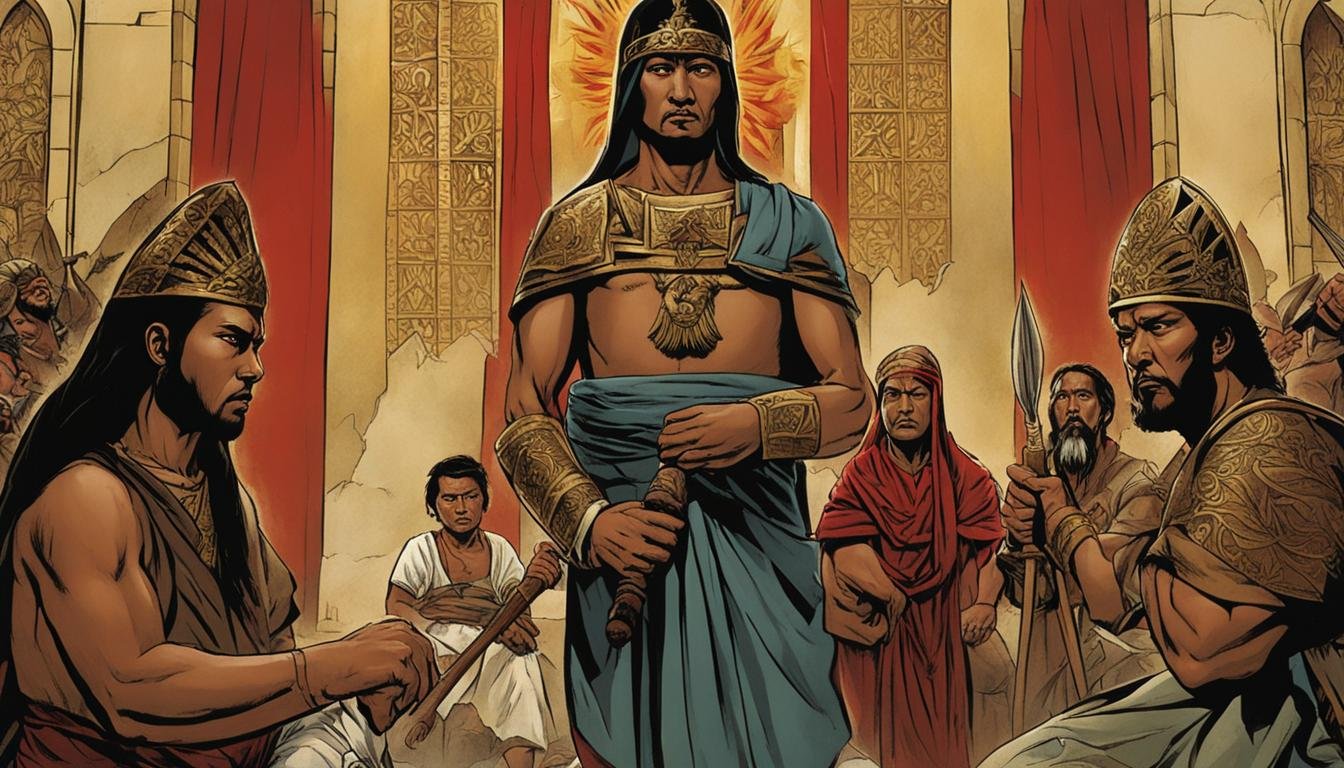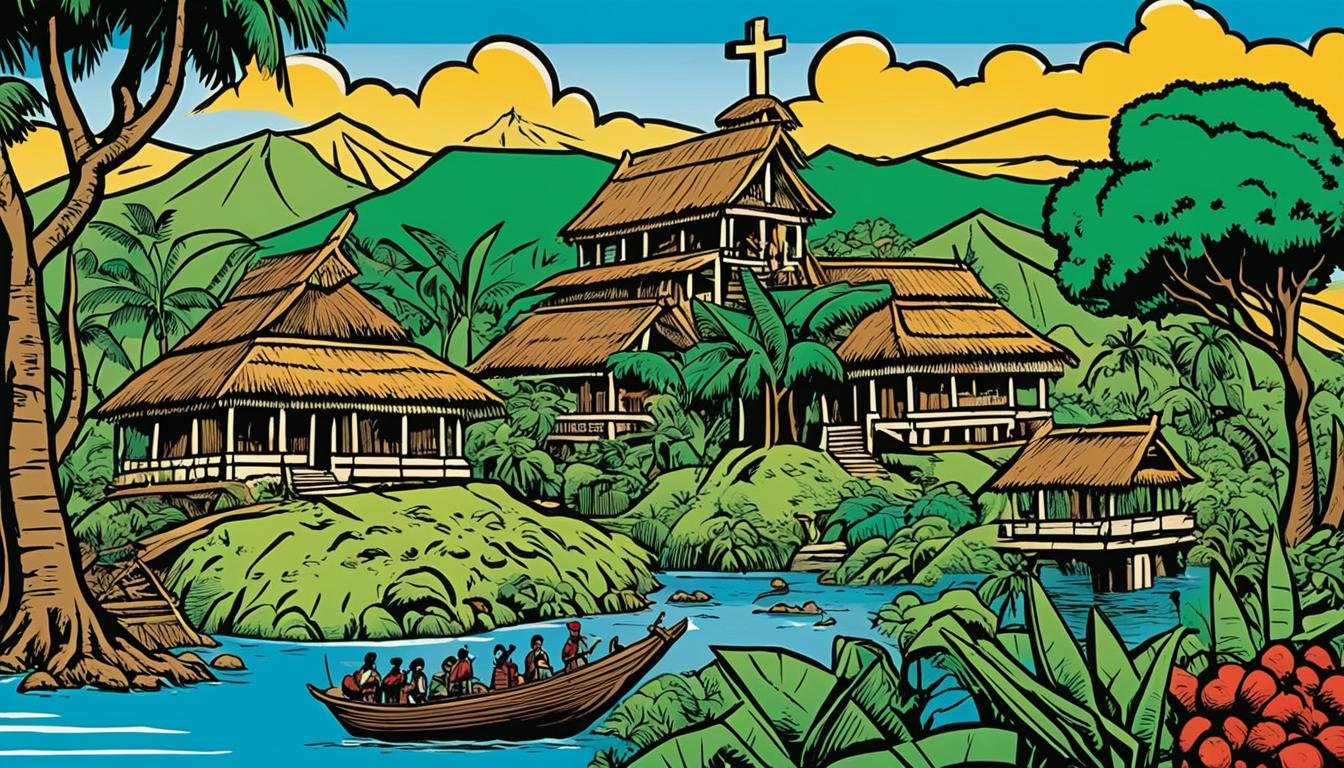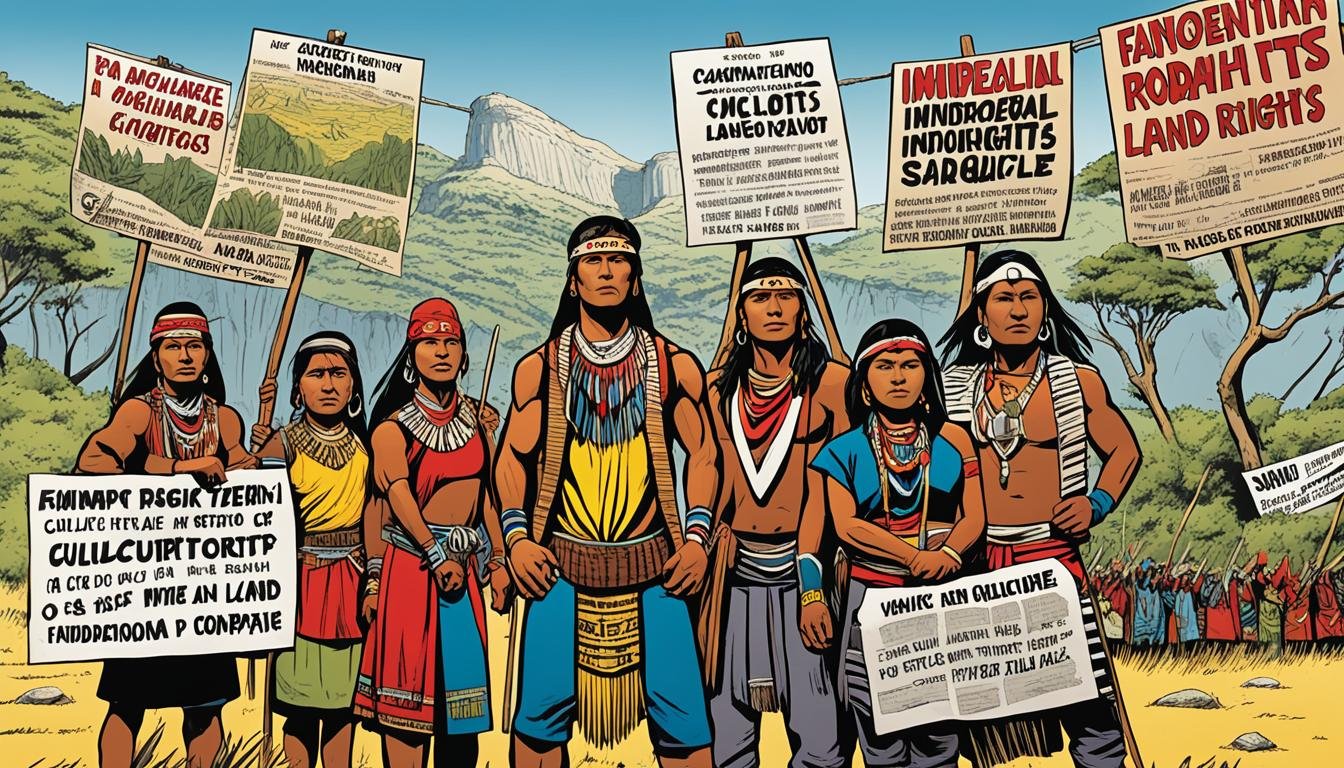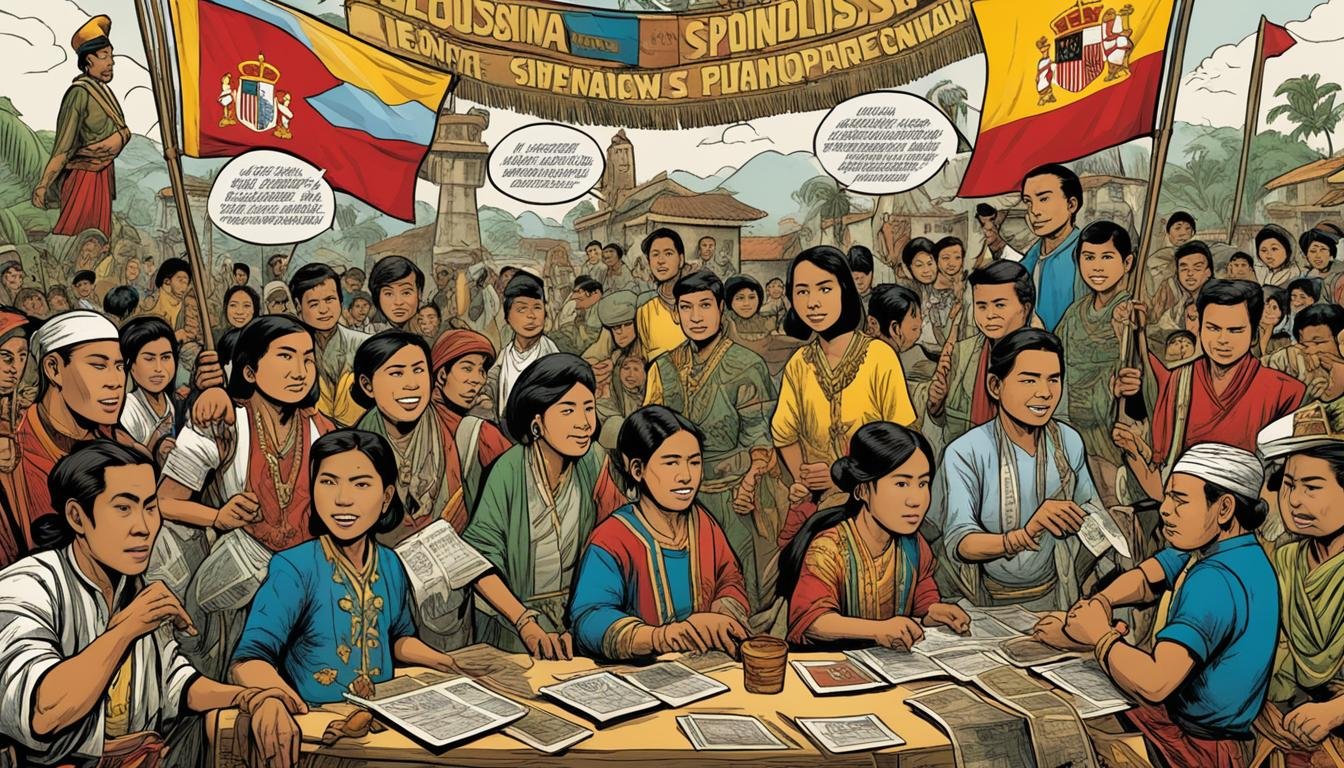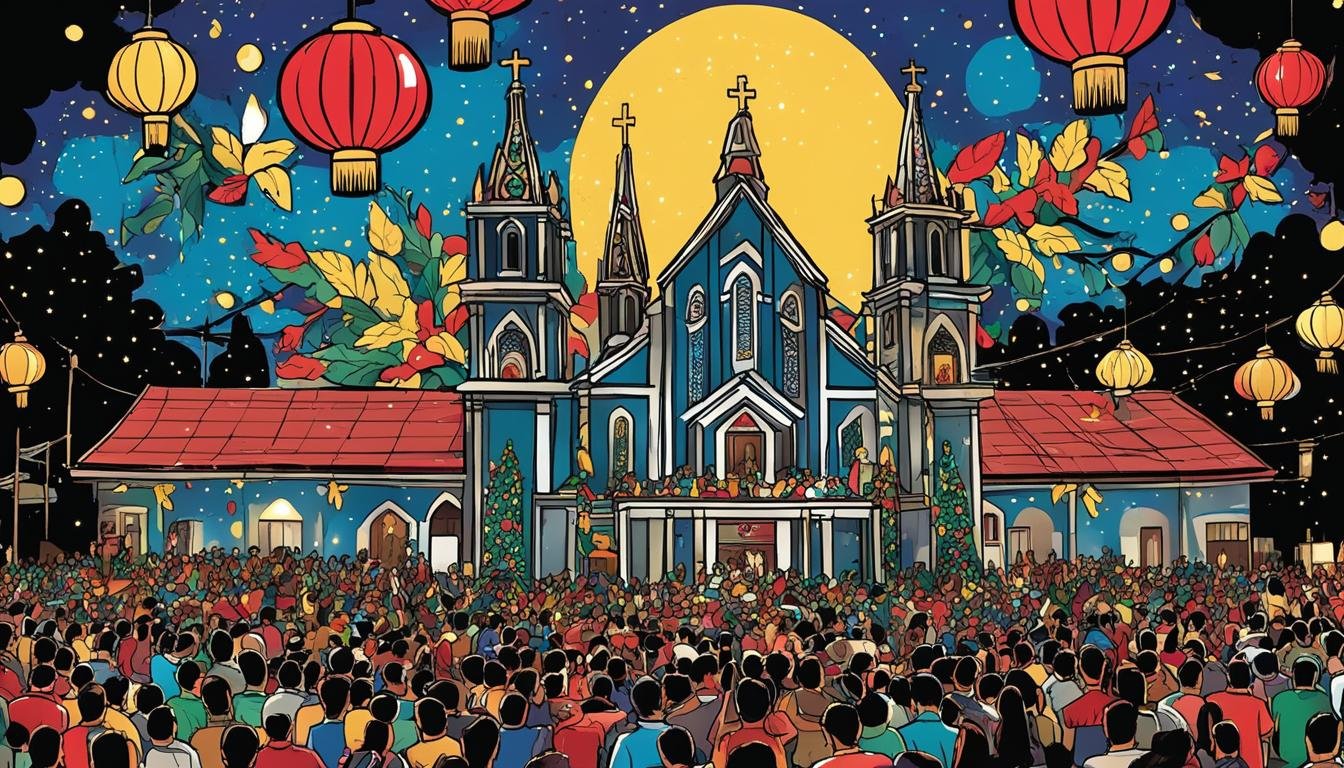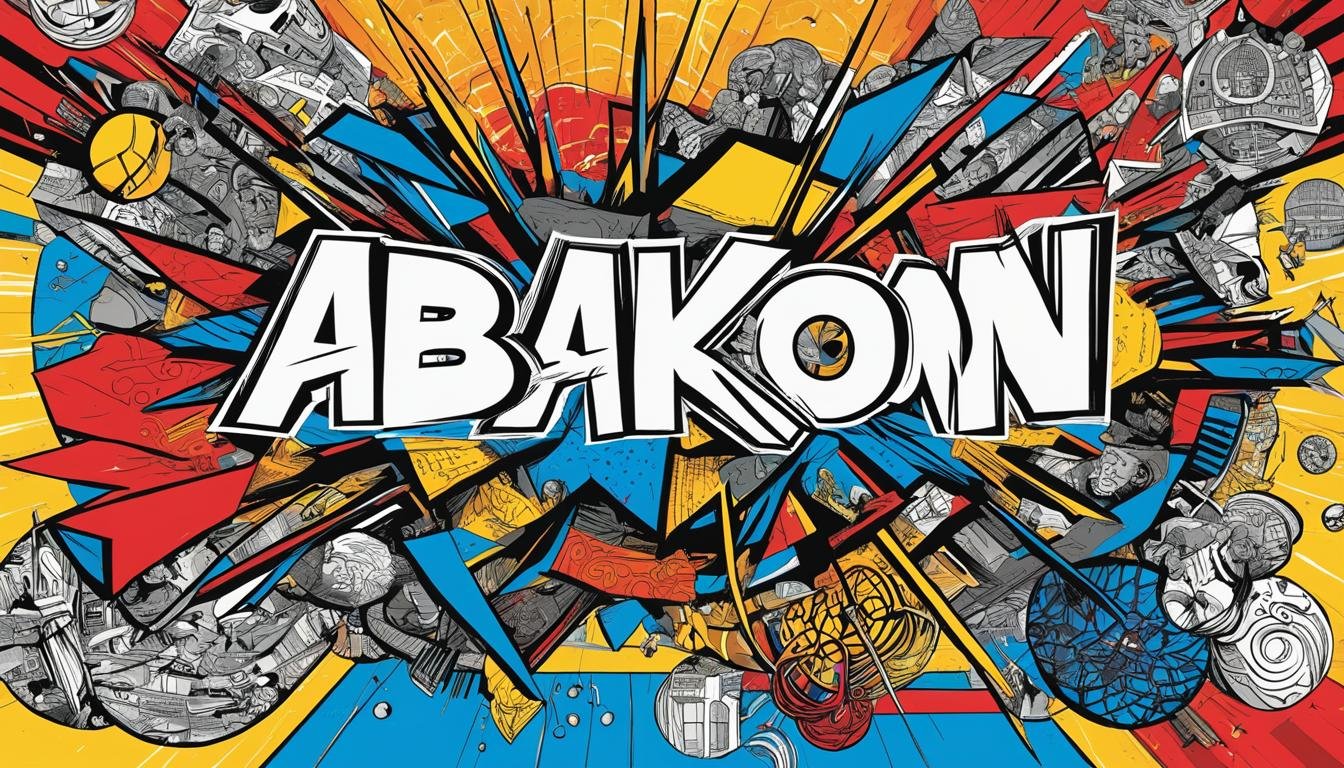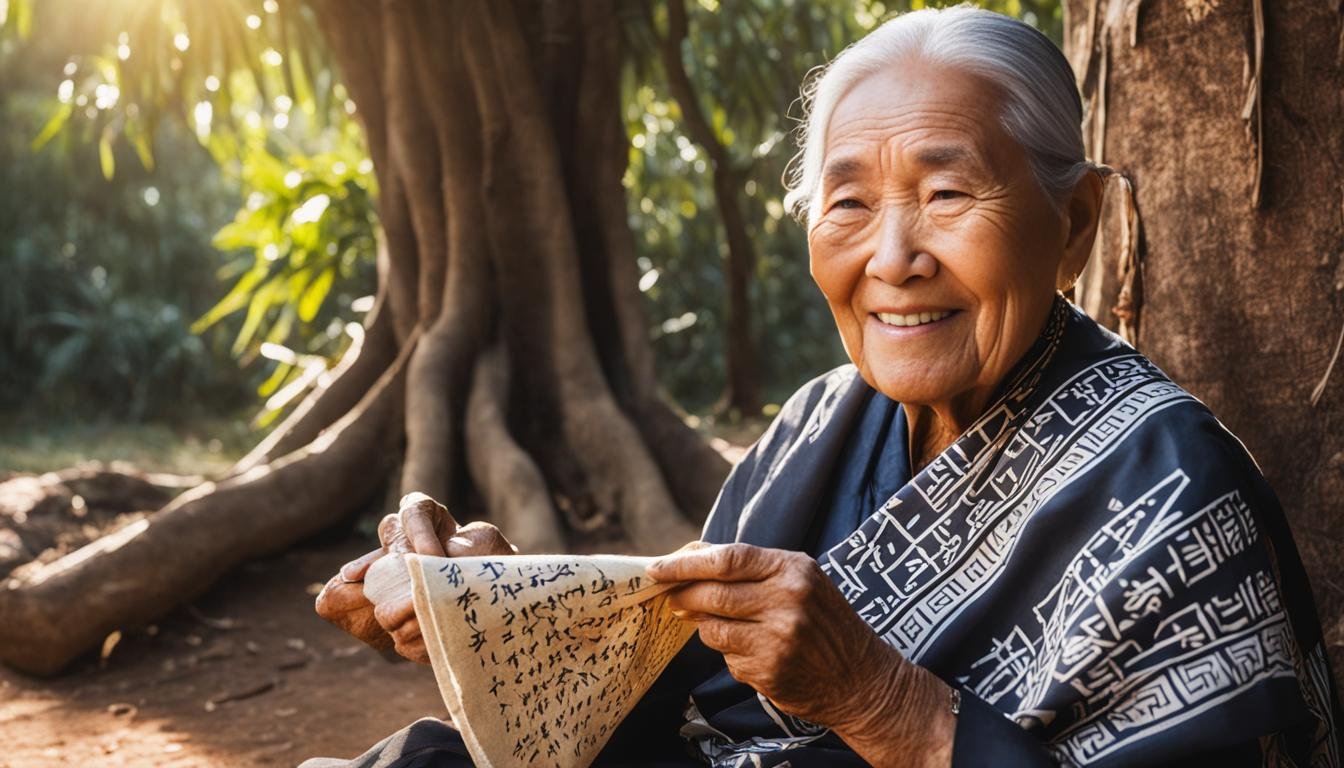The arrival of Ferdinand Magellan in 1521 marked the initial, albeit brief, contact between the Spanish Crown and the archipelago that would later be known as the Philippines. While Magellan’s encounter in Cebu led to the first recorded conversions to Christianity in the islands, it was the subsequent expedition led by Miguel López de Legazpi…
Filipino Culture and Heritage
Spanish Colonialism Impact on the Country’s Economy and Environment
The arrival of Spain in the Philippine archipelago in the 16th century marked a pivotal turning point in the history of the islands, ushering in over three centuries of colonial rule. This era brought about radical transformations that deeply affected nearly every facet of life, from social structures and political organization to cultural practices and…
Spanish Colonizers’ Significant Impact on the Philippines’ Natural Resources and Environment
The history of the Philippines is intrinsically linked to its rich endowment of natural resources. From its diverse forests and fertile lands to its mineral wealth and abundant marine life, these resources have shaped the archipelago’s cultures, economies, and interactions for millennia. However, the arrival of the Spanish in the 16th century marked a fundamental…
Indigenous Communities in the Philippines Have Been Fighting for Their Ancestral Land Rights for Centuries
The history of the Philippines is often told through the lens of colonial conquest and national liberation. Yet, beneath this dominant narrative lies a deeper, more enduring struggle: the centuries-long fight of its indigenous communities for the recognition and protection of their ancestral lands. From resisting the imposition of foreign laws and property concepts by…
The Spanish Colonial Class System in the Philippines: A More Nuanced Perspective
The Spanish colonization of the Philippines, which lasted over three centuries (1565-1898), fundamentally reshaped the archipelago’s political, economic, cultural, and social landscape. One of the most enduring legacies of this era was the imposition and evolution of a rigid colonial Philippines social hierarchy. While often depicted as a simple pyramid based purely on race, a…
Simbang Gabi – A Guide to Filipino Christmas Tradition
Simbang Gabi, often translated as “Night Mass,” is a unique and deeply ingrained Filipino Christmas Tradition. It is a series of nine dawn Masses leading up to Christmas Eve, a spiritual and cultural cornerstone that signals the imminent arrival of Christ’s birth and the culmination of the Advent season in the Catholicism Philippines. More than…
The Abaknon Language: An Overview
The linguistic landscape of the Philippines is a vibrant tapestry woven from hundreds of distinct languages, each a repository of history, culture, and identity. Among these, the Abaknon language, spoken primarily by the people of Capul Island in Northern Samar, stands out due to its unique characteristics and intriguing historical connections. While geographically situated within…
Agta Language: Preserving the Linguistic Heritage of the Philippines
The archipelago known today as the Philippines is a tapestry woven from diverse cultures, histories, and, perhaps most profoundly, languages. With over 180 distinct languages spoken across its islands, the Philippines stands as a global hotspot for linguistic diversity. Yet, this rich heritage faces significant threats, with many of these languages teetering on the brink…
Higaonon Language: Preserving an Indigenous Language in Mindanao, Philippines
The islands that comprise the Philippines are home to a rich tapestry of cultures and languages, a legacy shaped by millennia of indigenous development and centuries of external influence. Among the most vibrant, yet also among the most vulnerable, are the languages spoken by the Lumad peoples of Mindanao. These groups, collectively known as Lumad…
A Glimpse into the Rich History of the Aringay-Tonglo-Balatok Gold Trail
The archipelago that would one day become the Philippines was, for millennia before colonial encounters, a vibrant nexus of trade, culture, and resource extraction. Among the most prized resources sought both domestically and by foreign traders was gold. While much historical focus often centers on the grand maritime trade networks, equally vital were the intricate…

